It’s been a long time. Perhaps the fact that 1971 was a poor manga year compared to 1970 and 1972, has something to do with that. But that’s just according to my taste. Fans of Mitsuteru Yokoyama might have a different experience. To make it a little more interesting, I’m gonna add a small list at the start of every post, to make it easier to place the “new” manga in their historical context. Anyway here’s the best manga of 1971 I could find.
The best manga of 1971
Popular manga publishing in 1971:
- Cyborg 009
- Sabu to Ichi Torimonohikae
- Ashita no Joe
- Tiger Mask
- Doraemon
- Ode to Kirihito
- Lone Wolf and Cub
- Sasori
Sangokushi – Mitsuteru Yokoyama, 1971-1986
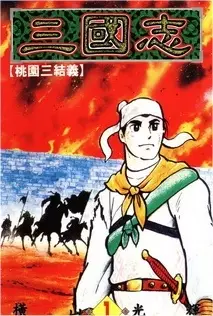
Veteran mangaka Mitsuteru Yokoyama’s Sangokushi is a manga retelling of the classic Chinese novel Romance of the Three Kingdoms. It spans a wopping 438 chapters spread over 60 volumes, published between 1971 and 1986. Now I’m a mad completionist, but I’m not THAT mad. But feel free to take on his huge undertaking in my stead. I’ve never actually been an avid reader of Yokoyama’s work myself, but I appreciate his craft. There’s no denying his role in manga’s evolution and the pioneering work he did for historical manga and other genres like the mecha or magical girl genre. Which is why I decided to prominently feature this manga in the list.
Mitsuteru Yokoyama’s style in Sangokushi is clear, simple and fairly cartoonish, mostly reminiscent of Tezuka or Ishinomori. But the world comes to life through the effort spent on the detailed drawing of nature and buildings. Fans of gigantic epics like Lord of the Rings might enjoy this.
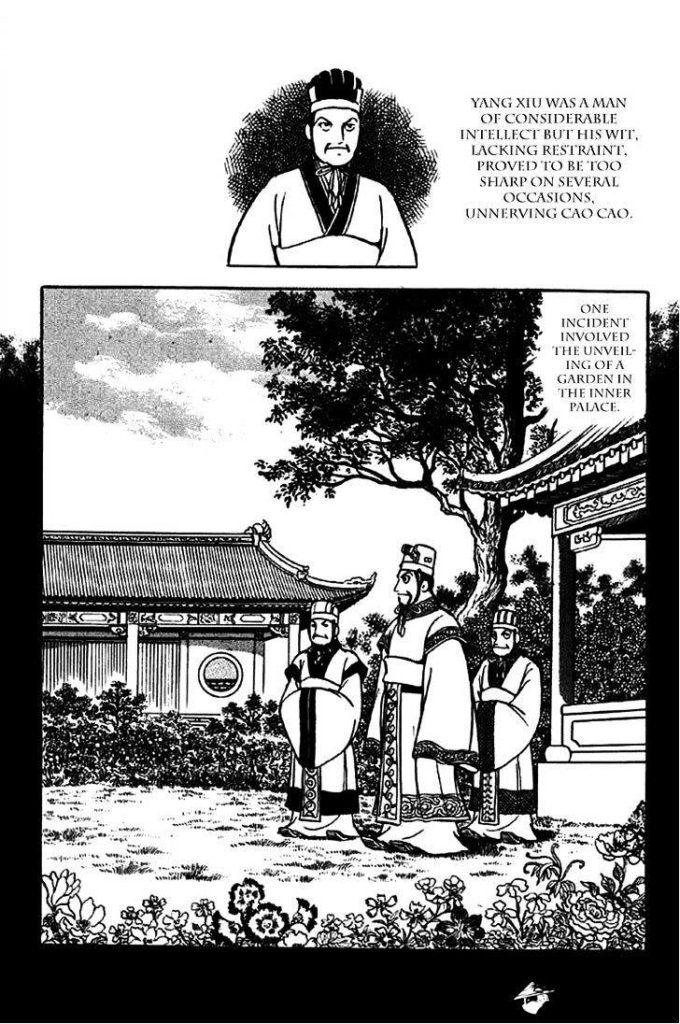
Babel Nisei – Mitsuteru Yokoyama, 1971-1973
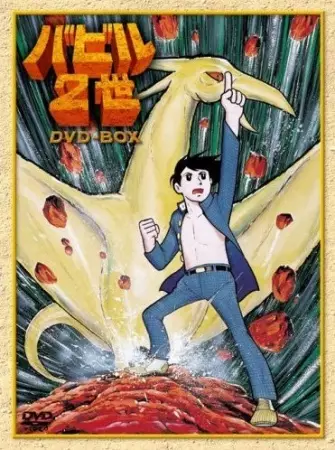
Babel Nisei or Babel II is a fast-paced epic, again by Mitsuteru Yokoyama. There’s some superhero vibes, but more in a ESP/supernatural/mystical kind of way. 63 chaptes and 12 volumes seem doable compared to Sangokushi. With other things to read, I didn’t continue past the first volume, but you might find this to surprisingly enjoyable for its age.
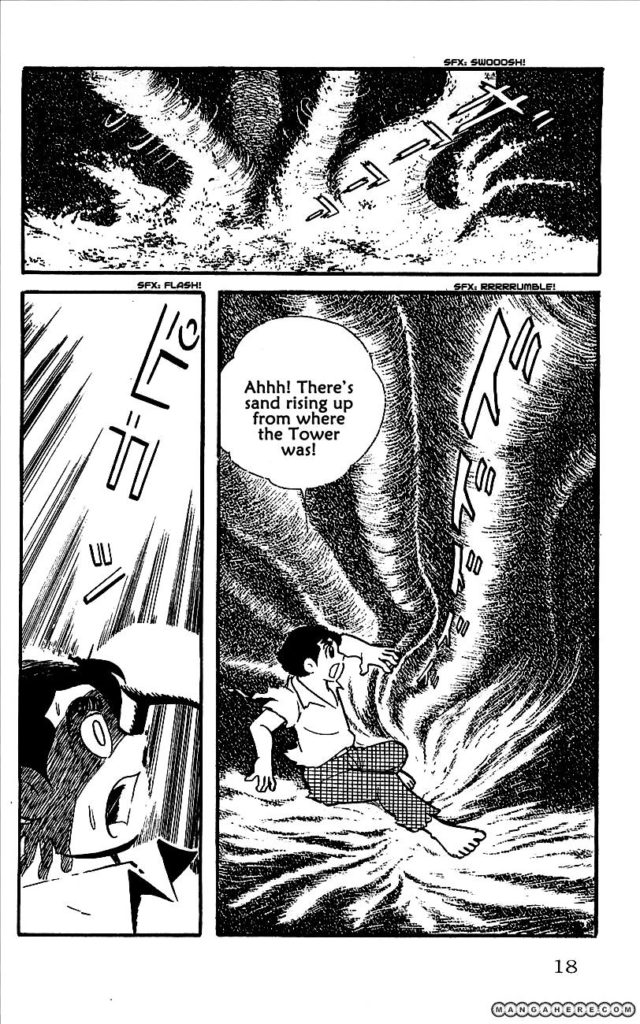
Hi no Tori: Robe of Feathers – Osamu Tezuka, 1971
We’ve reached the unavoidable Tezuka segment of the post, and it’s another two Hi no Tori chapters as well. Robe of Feathers can be found in the second Civil War volume. It’s a short one, but perhaps one of Tezuka’s most artistic contributions to the collection. A tragic story, based on an existing play, happens on a theater stage. In every panel Tezuka draws this same stage, the same background, a house and a tree. The characters/actors move around across the panel. It’s a simple concept, but beautiful and tastefully executed.
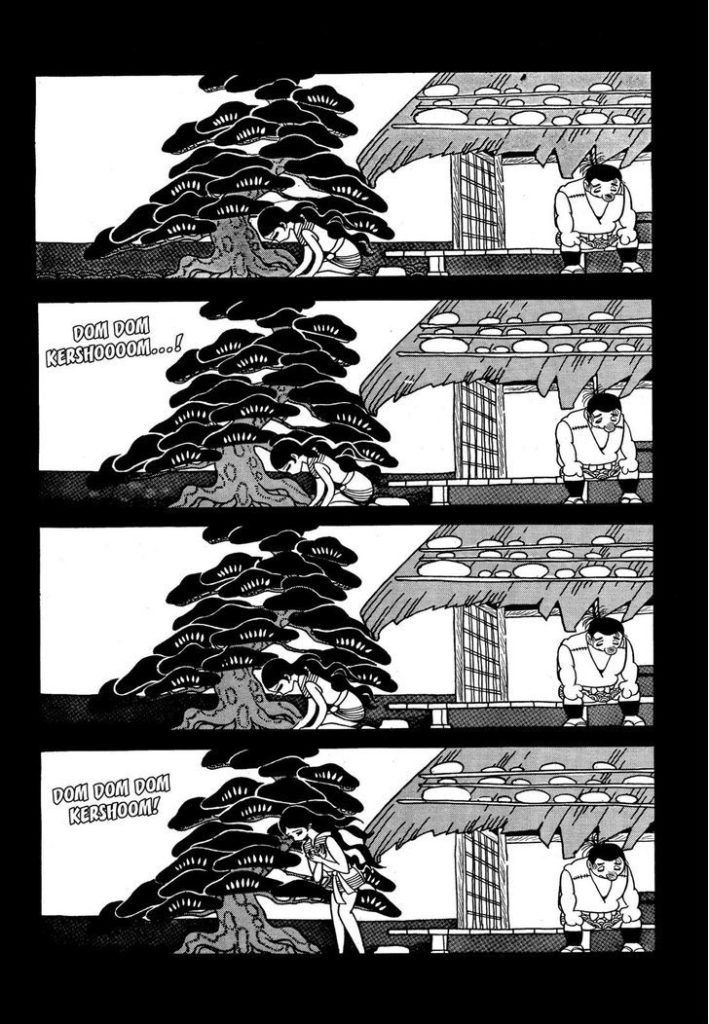
Hi no Tori: Nostalgia – Osamu Tezuka, 1971 / 1976-1978
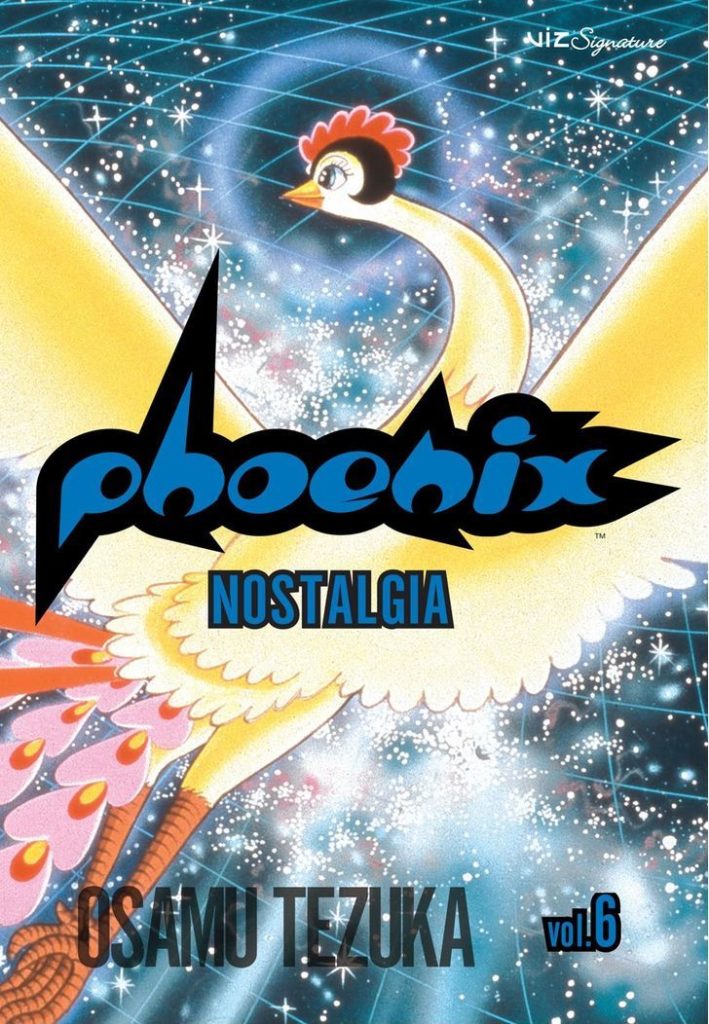
Nostalgia is a sci-fi epic about the rise and fall of civilization on a deceptively named desert planet of Eden. A lot longer than Robe of Feathers, but gripping and oozing with quality.
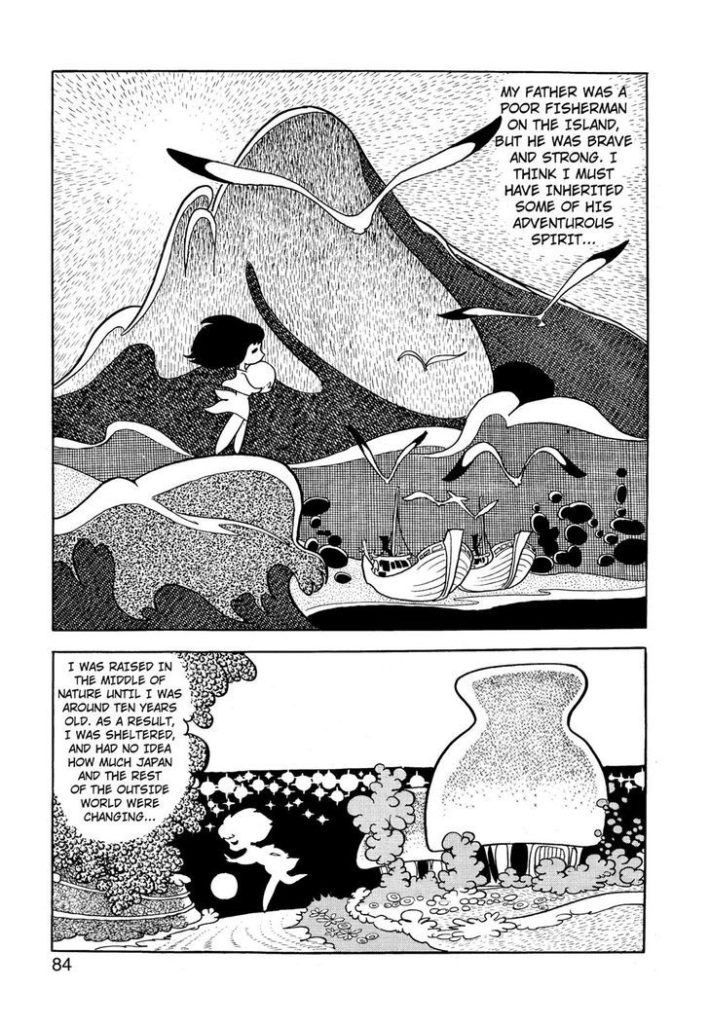
Kuuki no Soko – Osamu Tezuka, 1971-1972
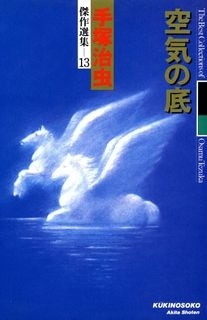
It’s hard to review a collection of 16 short stories read 5 years ago, but I recall Kuuki no Soko or Under the Air as perhaps Tezuka’s best collection. The Execution Ended at Three sets a dark and mature tone for the whole volume. Space Capsule ends the collection with romance and melancholy. The stories were originally published from 1968 to 1970 predating an explosion of creativity regarding Tezuka’s seinen manga. While the art style remains cartoonish at times, Kuuki no Soko is a good example of an artist exploring new styles and themes.
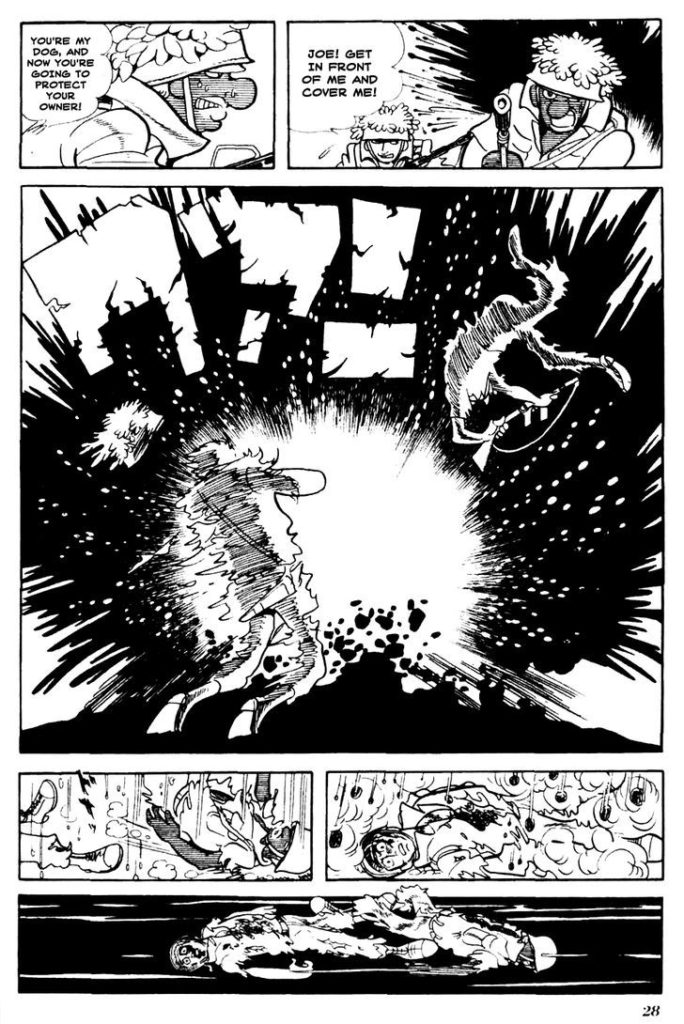
Alisa of the Silver Hair – Shinji Wada, 1971-1973
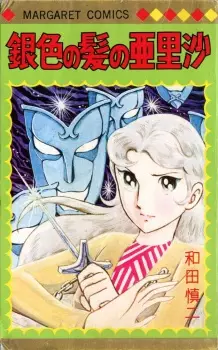
Shinji Wada is one of those ‘rare’ examples of male mangaka writing for female audiences. Giniro no Kami no Arisa or Alisa of the Silver Hair is a collection of one shots where cute Disney-like characters play out a dark revenge story. Although the character designs are classic sparkly eyed shoujo, the page layouts tell us the author doesn’t subscribe to the new shoujo-style of the time. I’ve seen the artwork criticized but I have to say, the work on the characters in terms of design, expression etc,… is well done, simple as it may seem.
None of the plot or the characters are very realistic, but it doesn’t matter here. Shinji Wada is going for a nightmarish vibe where cute girls do bad things and does this remarkably well. This is a trope in newer horror manga, so fans of recent works might be underwhelmed here. Alisa of the Silver Hair has only 4 chapters, so it may just be worth the risk to check it out.
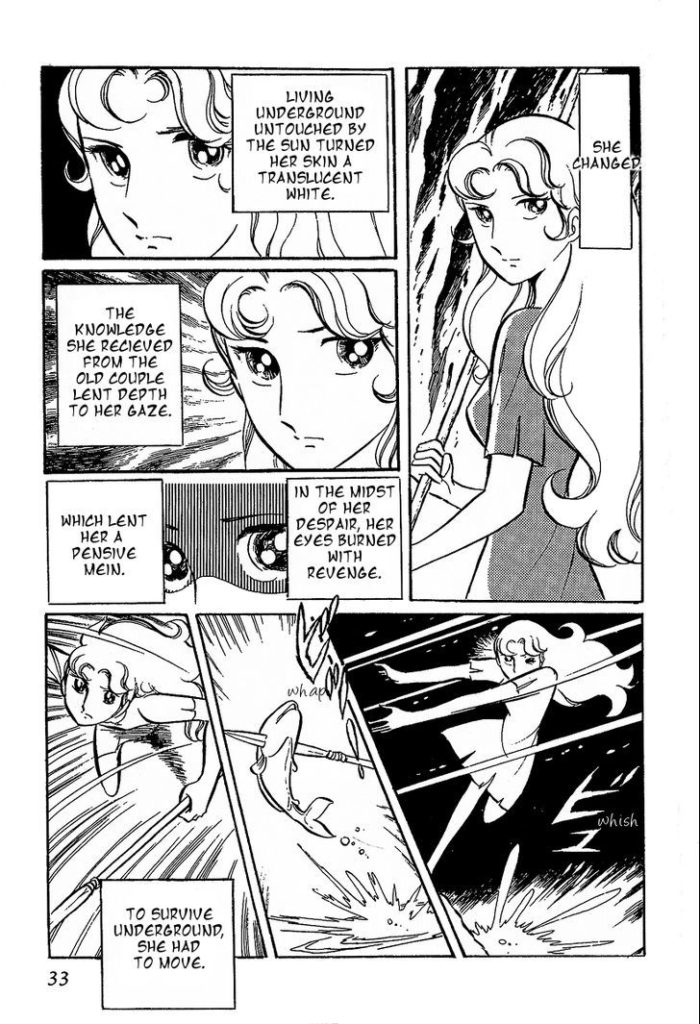
Honorable Mentions
Shiroi Heya no Futari – Ryouko Yamagishi, 1971
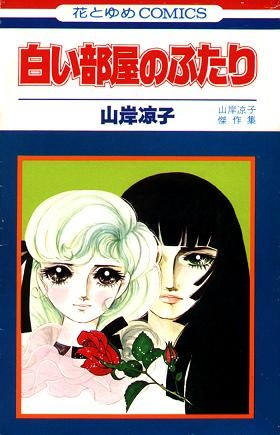
Shiroi Heya no Futari is considered to be the first yuri manga (female female romance). Manga scholar Yukari Fujimoto believes it to have become the prototype for yuri manga from the 70’s and 80’s. He dubs the story “Crimson Rose and Candy”. With “Candy” being the femme character who admires “rose” a more butch character. The girls hit it off, become romantically involved. Their romance becomes the subject of rumors or blackmail. Rose ends up dead in order to protect Candy from scandal.
Ryouko Yamagishi, member of the Year 24 Group, subtly named her most defiant character, the “out” lesbian, Simone d’Arc. Many aspects of the genre are quite out there and might be considered melodramatic. Still, manga from this generation of shoujo writers has tragedy and depth unlike anything written before or after. That said, Shiroi Heya no Futari isn’t the best thing you’ll read from this era. In fact it looks quite stiff. After the first boy/boy kiss in a manga by Keiko Takemiya, it was just a matter of time to get to this next step, so one might say Yamagishi just got there first. But let’s just appreciate the craft required to tell a tale that becomes prototypical of an entire genre.
Kamen Rider – Shoutarou Ishinomori, 1971
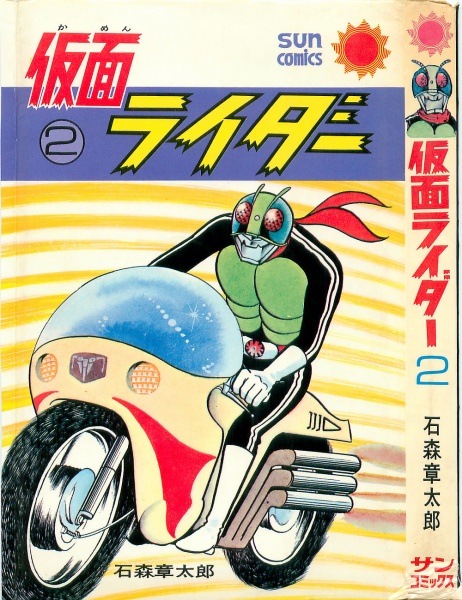
Kamen Rider is a multimedia franchise created by Shoutarou Ishinomori. It’s a media mix of television programs, films and manga. The Kamen Rider character is a motorcycle-riding insect superhero, and that’s about as far as my intel goes. While I’m a big fan of Ishinomori’s work, superhero comics have always bored me to tears, with the exception of X-Men. Or anything written by Alan Moore or Grant Morrison. Or anything drawn by Tim Sale or Dave McKean. Anyway. Just to give you some context, this superhero was created right at the end of the Silver Age of Comic Books, the era when the Fantastic Four, Spider-Man, the X-Men and the Hulk originated.
That concludes my picks for best manga of 1971. Do I have awful taste in manga? Think I didn’t make enough effort? Share it in the comments or write your own damn blog. Or did I unforgivably overlook your favourite manga? In that case I might actually be interested. Please share your thoughts!
Next post:
Best manga of 1972
Previous post:
The best manga of 1970
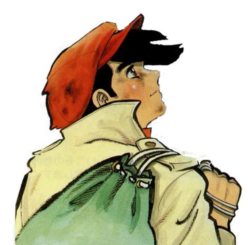
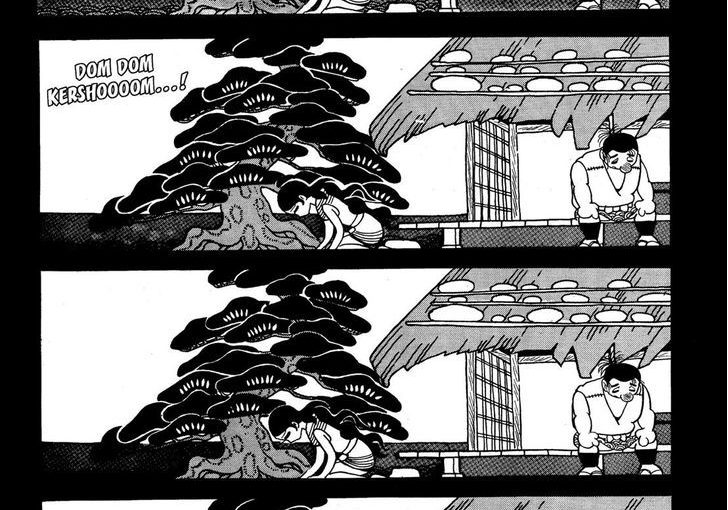
Thank you for introducing me to such great classic mangas which I probably would have never got to know about. It was just so fun to read over every review of the manga you had given. Hope you continue this whenever you get time.
i don’t know how long it’s been since you’ve updated but i hope you’ll continue this segment soon! you’re good at hyping up manga, even ones you haven’t read or finished. the amount of research you put into this blog is astounding. it’s impressive. it’s clear you’re really passionate about manga and although i don’t always agree with everything you write, it’s been a pleasure reading your blog. i learned a lot.
i hope you’ll continue making those Best Of posts. you’ve said you were up to year 2000 and if it’s too much work for you, i think that’s a good year to stop.
anyways. thank you again for you hard work.
Ahhhh I love 70s manga & was hoping to read your suggestions for the entire decade! I hope you continue this series 🙂